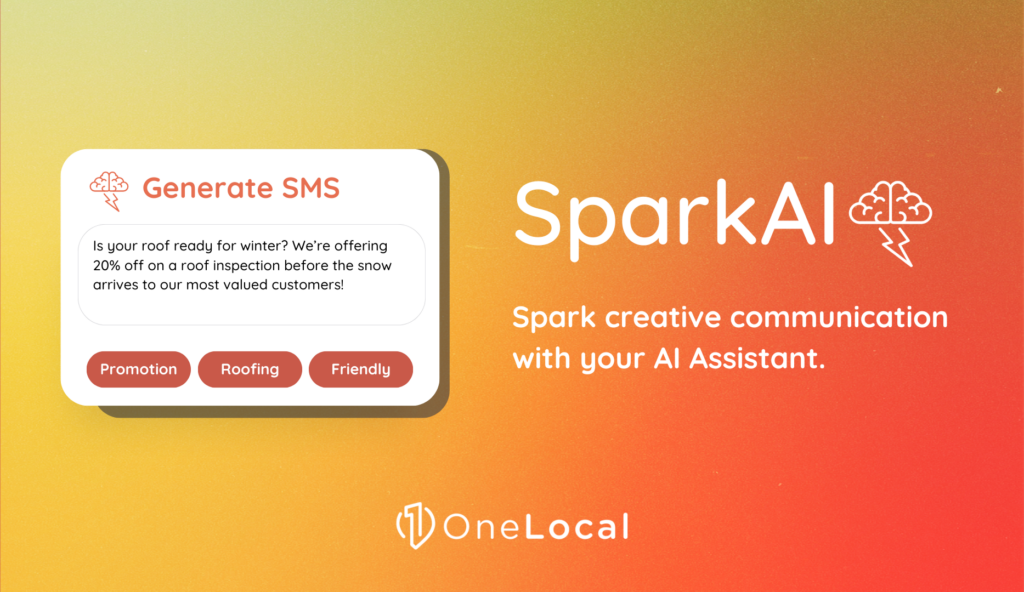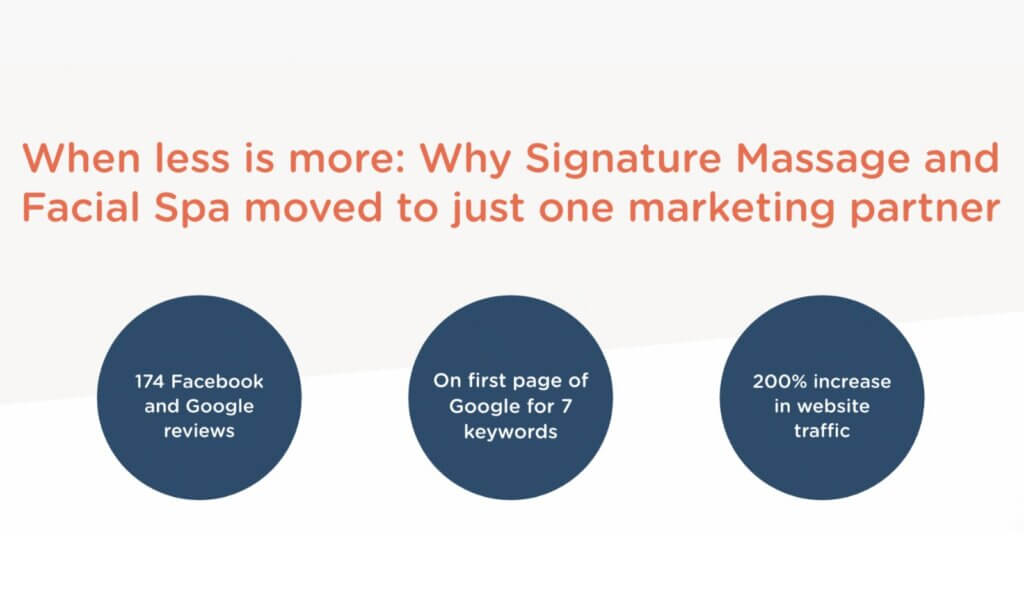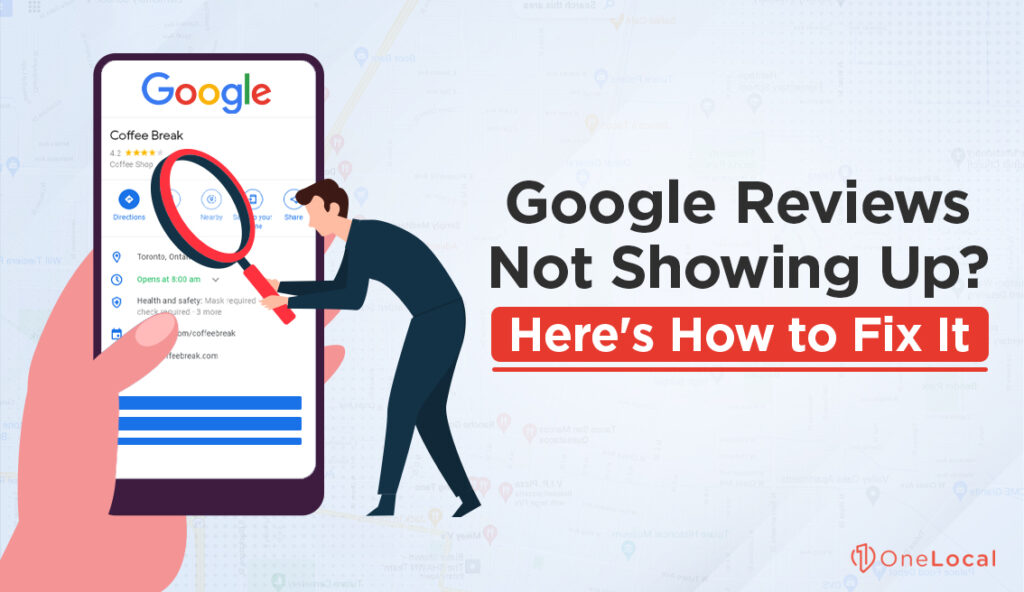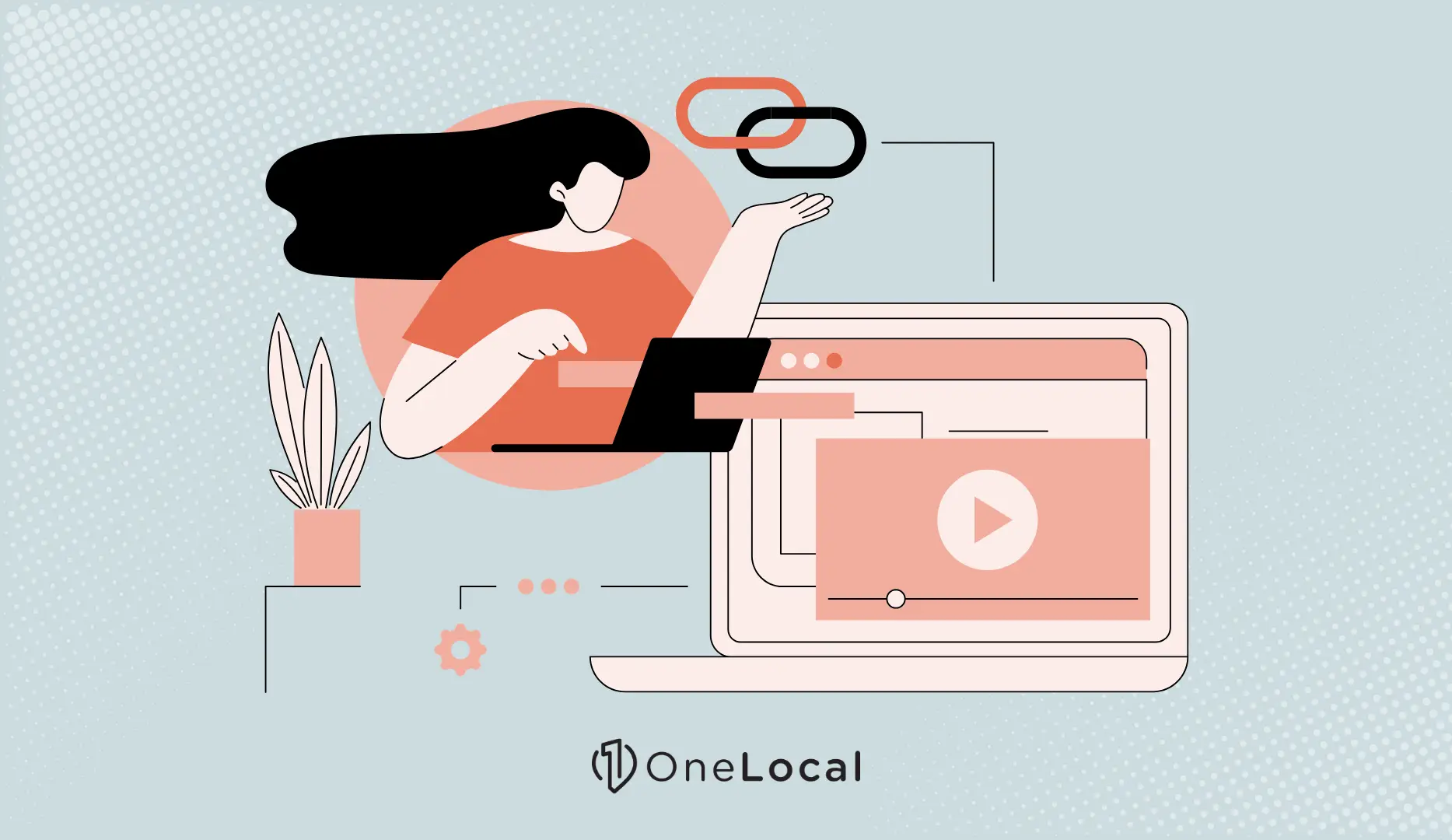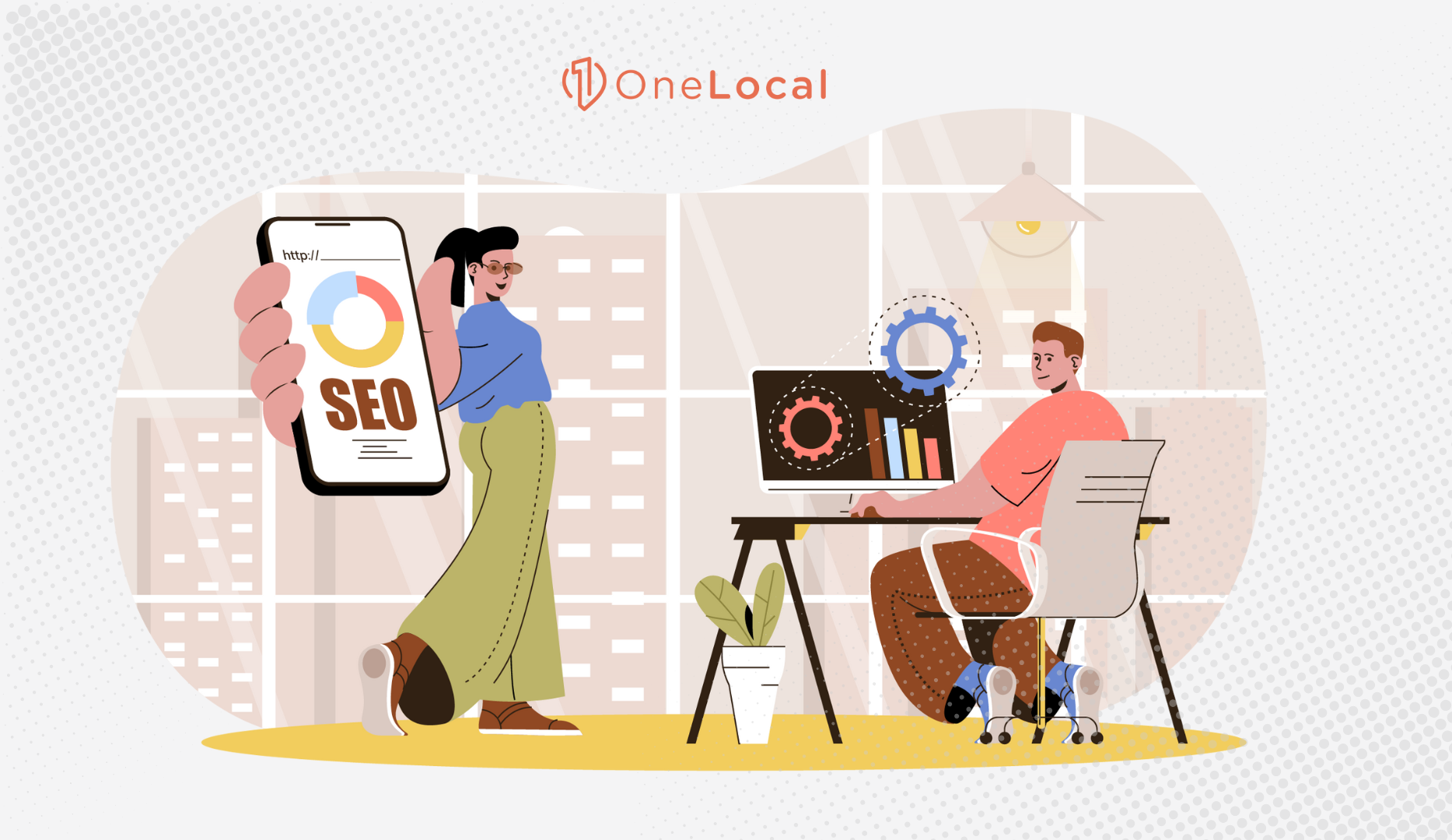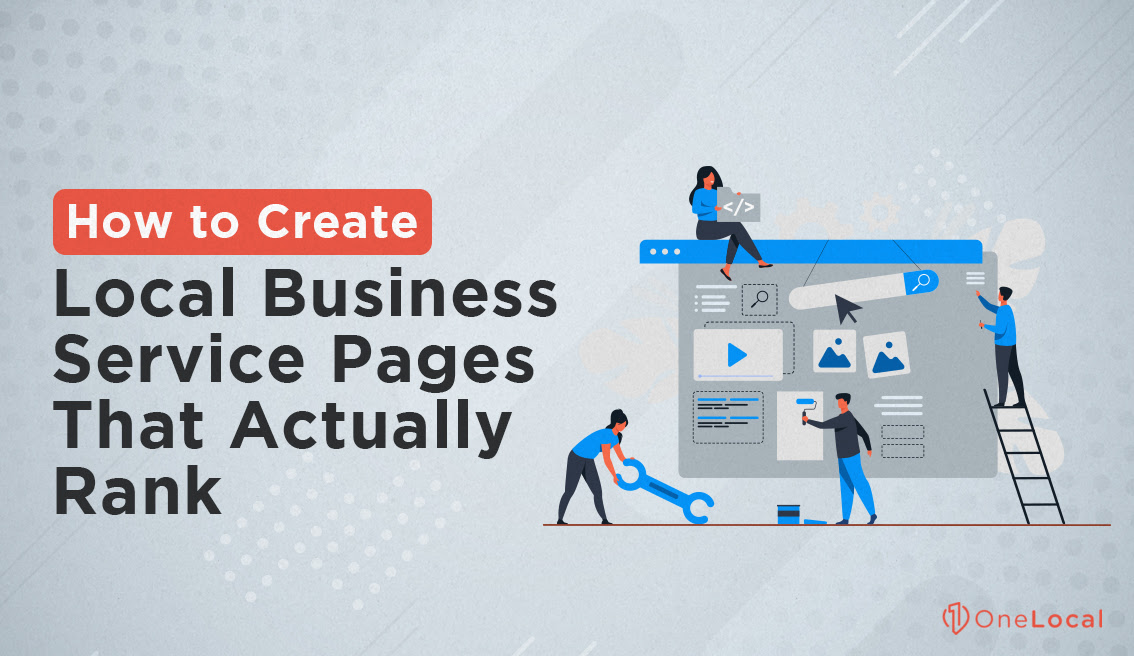There are so many acronyms in the business world, it’s so easy to be overwhelmed and begin ignoring them. But NPS (Net Promoter Score) is one acronym that is invaluable for measuring the growth of your business. The gist of it is pretty simple: NPS categorizes your customers into three groups: detractors, passives, and promoters. It’s measured on a simple and universal scale of 1-10 and asks:
“How likely is it that you would recommend [Organization X/Product Y/Service Z] to a friend or colleague?”
It then distills their answers into three categories: Detractors, Passives, and Promoters.

Detractors are people who scored you 1-6. These are people who aren’t likely to recommend your product or service, and have the potential to damage your brand through word of mouth. It makes up the majority of the NPS scale, but should represent a small percentage of your customer base.
Passives are people who scored you 7-8. They were probably satisfied with the product or service, but are vulnerable to being won over by competitors.
Promoters are the people rating you 9-10. You want most of your customers in this category, as they are the ones who are most likely to recommend you to their friends and family. They can help you grow your businesses through word of mouth, referral programs, leaving positive reviews, and in plenty of other ways.
A NPS survey allows customers to self identify their level of satisfaction. Because it uses numeric measurement, it alleviates some of the discomfort a customer may have of leaving an emotional response such as “dissatisfied” or “extremely happy”. This means that responses are more accurate and more honest. As a business owner, you can determine your Net Promoter Score by subtracting your percentage of detractors from their percentage of promoters. Ideally, you want your NPS score to be as close to the maximum score of 100 as possible.
For example, let’s say you polled 100 customers. Eighty seven people were really pleased with your service and rated you a 9 or 10; ten people awarded you a 7 or 8; and about three people were not pleased at all and gave you a 6 or less.


When you look at it, the math isn’t too complicated at all. You probably won’t have an even 100 customers, but software like ReviewEdge makes it easy to determine your percentage of promoters and your Net Promoter Score.
So why not just use a scale of 1-10 on its own?
Because ultimately, NPS measures actionable factors that can help you grow your business. And that’s for three key reasons:
- NPS distinguishes good reviews from great ones.
- NPS shows insights for business growth
- NPS is highly universal so you can use it to draw comparisons to competitors
You may have noticed that passives aren’t factored into the NPS equation at all. You would think that 8/10 is a pretty good rating, right? And maybe for some things, it is. But put yourself in the eyes of a consumer. You’ll eat the 7/10 sandwich, but you might prefer to eat somewhere else. Or maybe there’s nothing wrong with your 8/10 dentist, but you’re thinking about booking your next appointment with the one your friend has been raving about.
While passive scores don’t hurt your business, they don’t help either. They’re not contributing to the growth of your business. These customers can easily be swayed to take their business elsewhere, or worse, they can become detractors. Thankfully, they can also become promoters too!
When conducting your NPS surveys, ask an open ended question for people to leave feedback. You could gain some valuable insights about what you can do to sway those passive and detracting customers over to the promoter side. Detractors and passives are the most likely to leave you actionable feedback. By finding out why they wouldn’t recommend your business to others, you give yourself an action plan to win back their business and prevent further low scores.
Take advantage of your passive NPS scores by targeting that segment with marketing that addresses their concerns. If you have 99% passive customers, and 1% detractors, you could even have a negative NPS score, making passives an easy to target group. Price sensitive? Keep them in the loop when you have promotions or sales. Bulk texting options like QuickConnect make it easy to send personalized messages to large groups of your customers to encourage repeat business and improve your brand image. NPS can help you segment your customers into groups based on needs so you can target the right customers at the right time.

Lastly, NPS is a highly universal survey, making it easier to benchmark your goals. Unlike other surveys which can have less standardized questions and survey methods, NPS is always the same across the board. The scores won’t deviate from the range of -100 to +100, and are always measured the same way. This means that it’s easier than ever to ascertain where you stand among your competitors.
It’s also universal enough to use in many realms of your business. Although it’s most common application is to measure customer happiness, it’s also a useful tool to use internally. Many companies conduct employee NPS surveys to measure employee retention and the viability of referral strategies.
While there are dozens of other standardized survey methods out there, it’s hard to beat NPS as an actionable metric. It’s simplicity and versatility make it a great choice for measuring satisfaction and identifying areas of improvement. ReviewEdge can help you automatically track your NPS score and instantly leverage your advocates, while scoping out your competition.
[pardot-form id=”15187″ title=”Net Promoter Score Form”]

